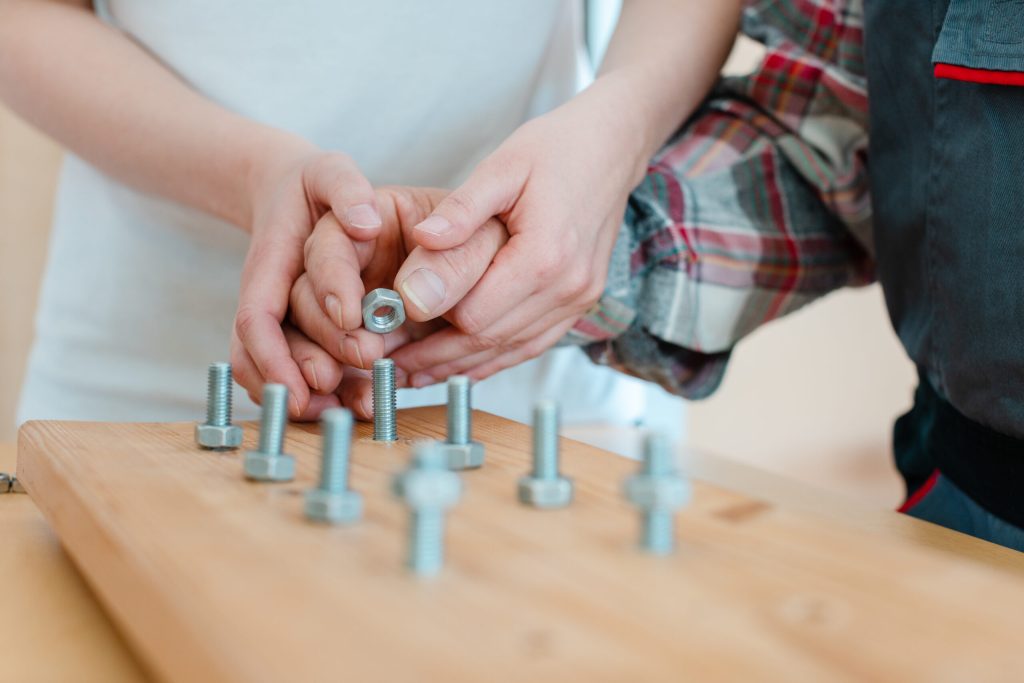If you are just starting your stroke rehabilitation journey, you may be wondering what the difference is between neurological rehabilitation and other types of occupational or physical therapy. You may also want to know which type of therapy is right for you.
What is Occupational Therapy?
Occupational therapy (OT) focuses on remediation, the process of restoring a lost function, or compensation, the process of learning “workarounds,” by addressing the underlying physical, cognitive and/or psychosocial impairments affecting your ability to participate in daily activities.1
OT helps you relearn the skills needed to perform everyday activities. This includes all meaningful daily activities you want to accomplish, such as taking care of yourself or your family, working, volunteering, going to school, and much more.2
What is Physical Therapy?
Physical therapy (PT) focuses on movement to improve your quality of life through prescribed exercise, hands-on care and patient education. Additionally, PT helps stroke survivors maximize their mobility, manage pain and chronic conditions, and improve physical function and fitness.1
Physical therapists improve quality of life by maintaining, restoring, and improving patient’s ability to move, function, and live more active lifestyles. They also help patients manage pain and recover from injury or chronic disease.
What is Neurological Rehabilitation Therapy?
Neurological rehabilitation therapy is a specialty within both the occupational and physical therapy fields. It is a specific type of therapy for individuals recovering from disease or injury to the nervous system, such as a stroke.
Neurological OT is the treatment of people that need improvement in performing daily tasks, like getting dressed, bathing, preparing meals, eating, and grooming.3
Neurological PT is focused on restoring functional mobility, strength, balance, and coordination during daily activities.
There are nuances specific to neurological rehabilitation and stroke recovery that are vastly different from therapy approaches for someone recovering from surgery, a sports injury, an accident, or another type of chronic illness. When looking for a rehabilitation provider to help you recover from stroke, look for keywords such as neurorehabilitation, neuro rehab, neuroplasticity, or certified stroke rehabilitation specialist.1
What Therapy is Best with Vivistim?
The FDA-approved Vivistim® Paired VNS™ System is used in conjunction with either physical therapy or occupational therapy to help generate two to three times more improvement in upper limb mobility than traditional stroke rehabilitation alone with at least six weeks of in-clinic therapy. Vivistim was designed specifically for stroke rehabilitation and some of the world’s leading physical therapists and occupational therapists are now incorporating Paired VNS Therapy as a part of their treatment approach.1
To learn more about how the FDA-approved Vivistim® Paired VNS™ System can help in your recovery, visit this page or our blog for additional information.
1. https://www.vivistim.com/5-frequently-asked-questions-about-physical-and-occupational-therapy/
2. https://www.aota.org/about/what-is-ot
3. https://nbpcaz.com/services/neurological-occupational-therapy/#:~:text=Neurological%20occupational%20therapists%20specialize%20in,injury%20to%20the%20nervous%20system
All product names, logos, brands, trademarks and registered trademarks are property of their respective owners. All company, product and service names used in this article are for identification purposes only. Use of the names, trademarks and brands not owned by MicroTransponder®, does not imply endorsement.
To learn more about Vivistim and review safety information, visit www.vivistim.com/safety.
25-0001-0023 Rev. 0
